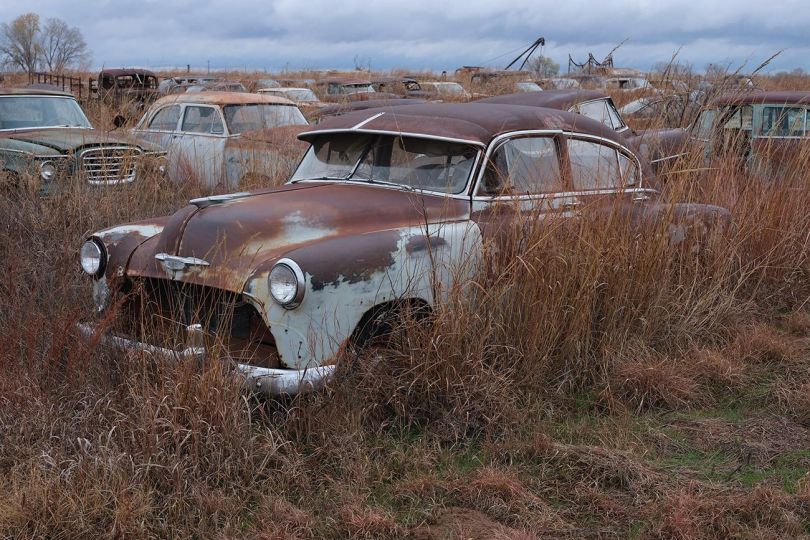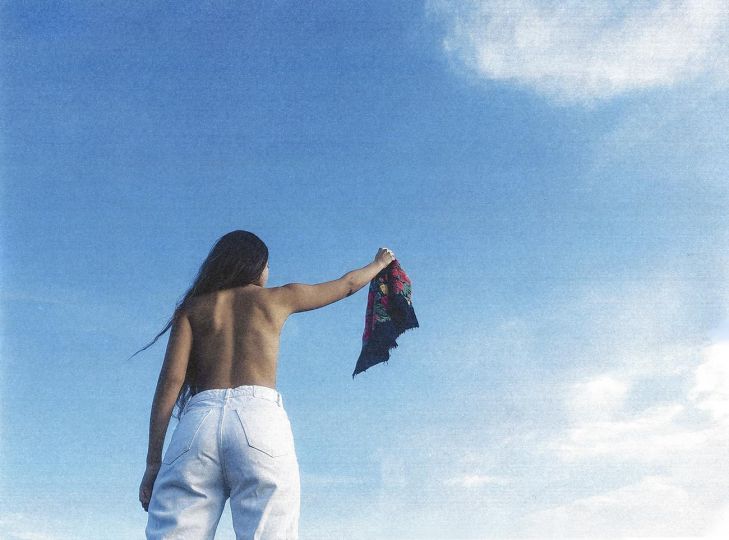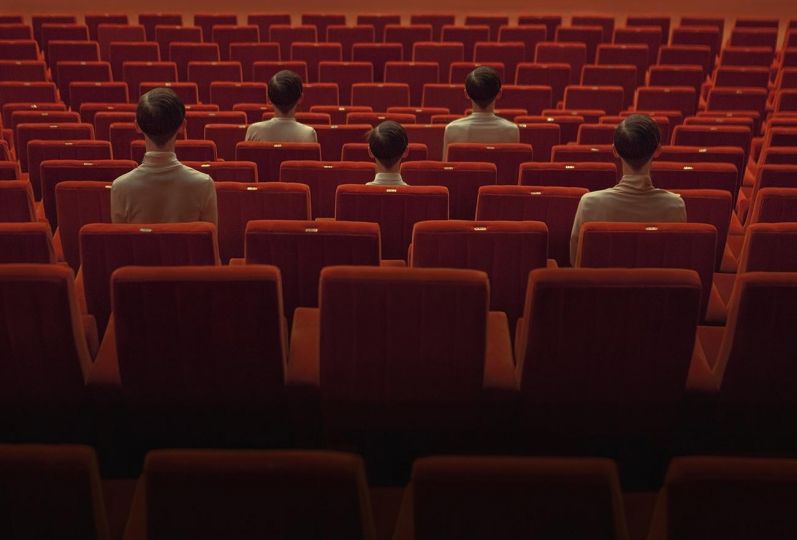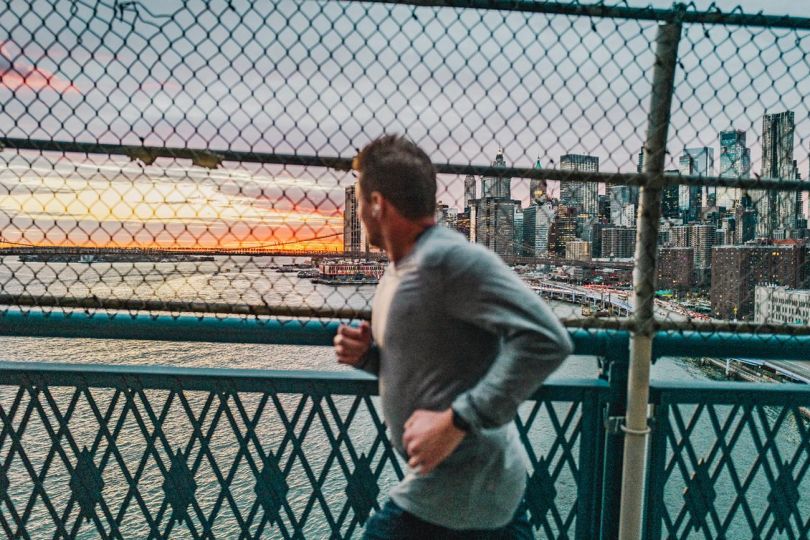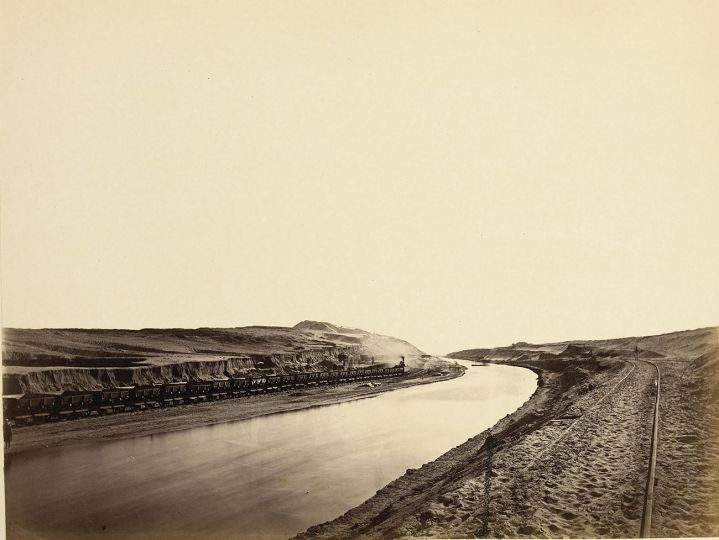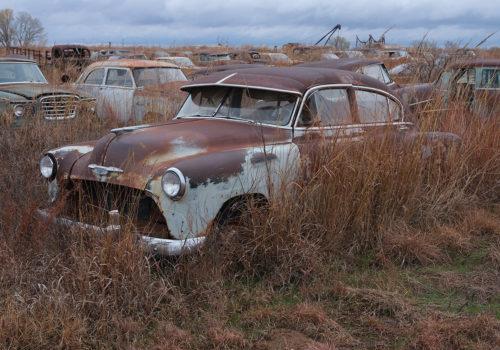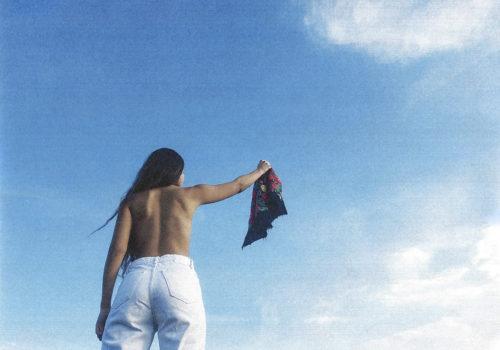I think it is important to show, and above all to understand, the working approach that almost no one, through negligence, laziness or ignorance, practices anymore.
It’s a shame and very damaging for the expression and photographic quality.
Remember these sketches from all eras that we admire in the cabinets of some museums. These charcoal, Indian ink and other sanguine drawings that amaze us. These works are the studies done by the greatest masters prior to the creation of their masterpieces.
Today, many are unaware that the same goes for photography, during a real creation followed by a conception of an image. Photographic studies were common as with all achievements worthy of the name. All the great authors carried out more or less important preliminary studies. Which made Polaroid and photographic labs couriers earn a lot of money in the second half of the last century.
This preparatory work (which some stupid people claim is from another time) is very interesting in Lucie’s case for various reasons. The first is historical, because who remembers that photography was the first tool to be used to graphically decompose the movements and postures of horses in their realism, which even the greatest painters were unable to reproduce previously. The second reason is the natural aesthetics of this animal, with its multitude of facets, which make it an exceptional subject of work in many photographic treatments. The third includes the photographic sketches made by Lucie whose highlighting of a detail constructs a work in progress. The detail of an image prevails over the graphic hazards of the whole without ever distancing us from its technical approach and the uncertainties of its objectives.
Thierry Maindrault



